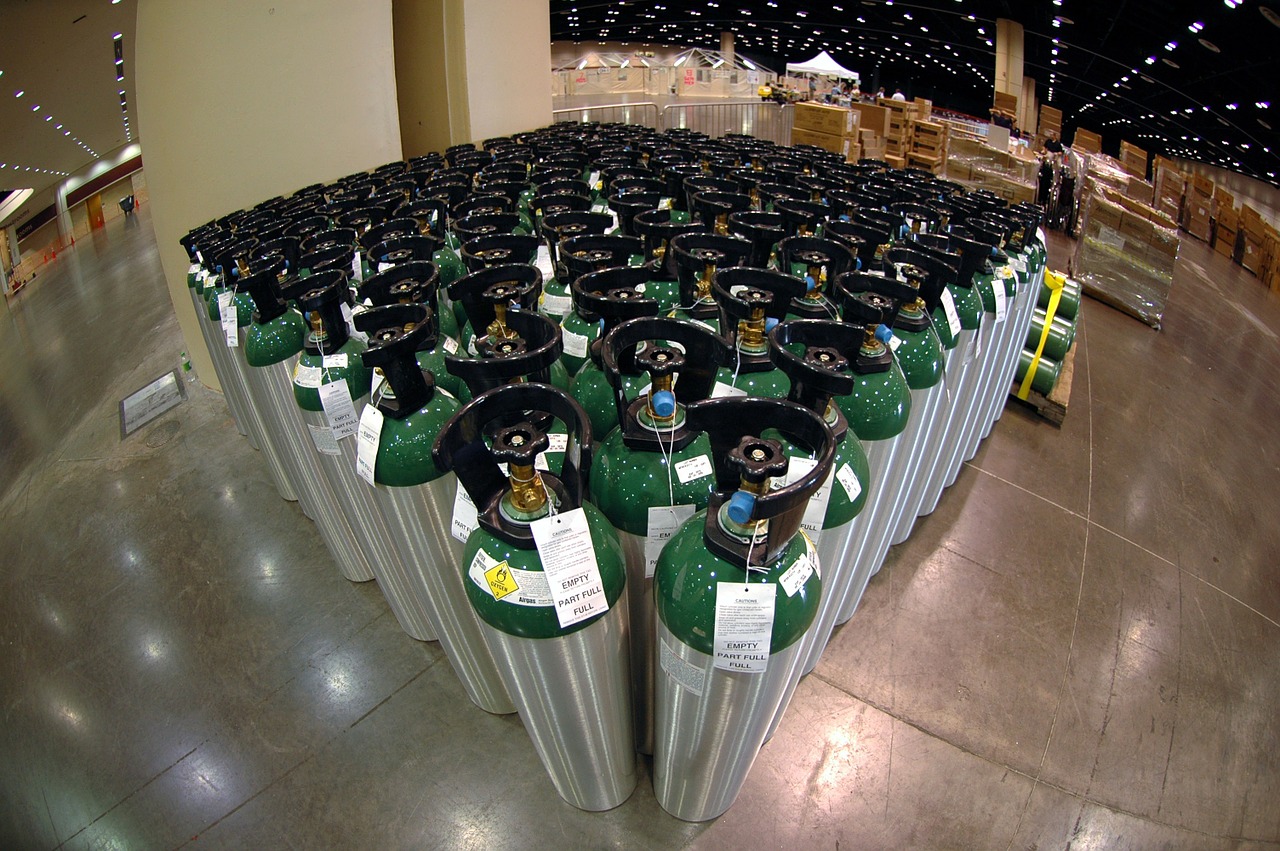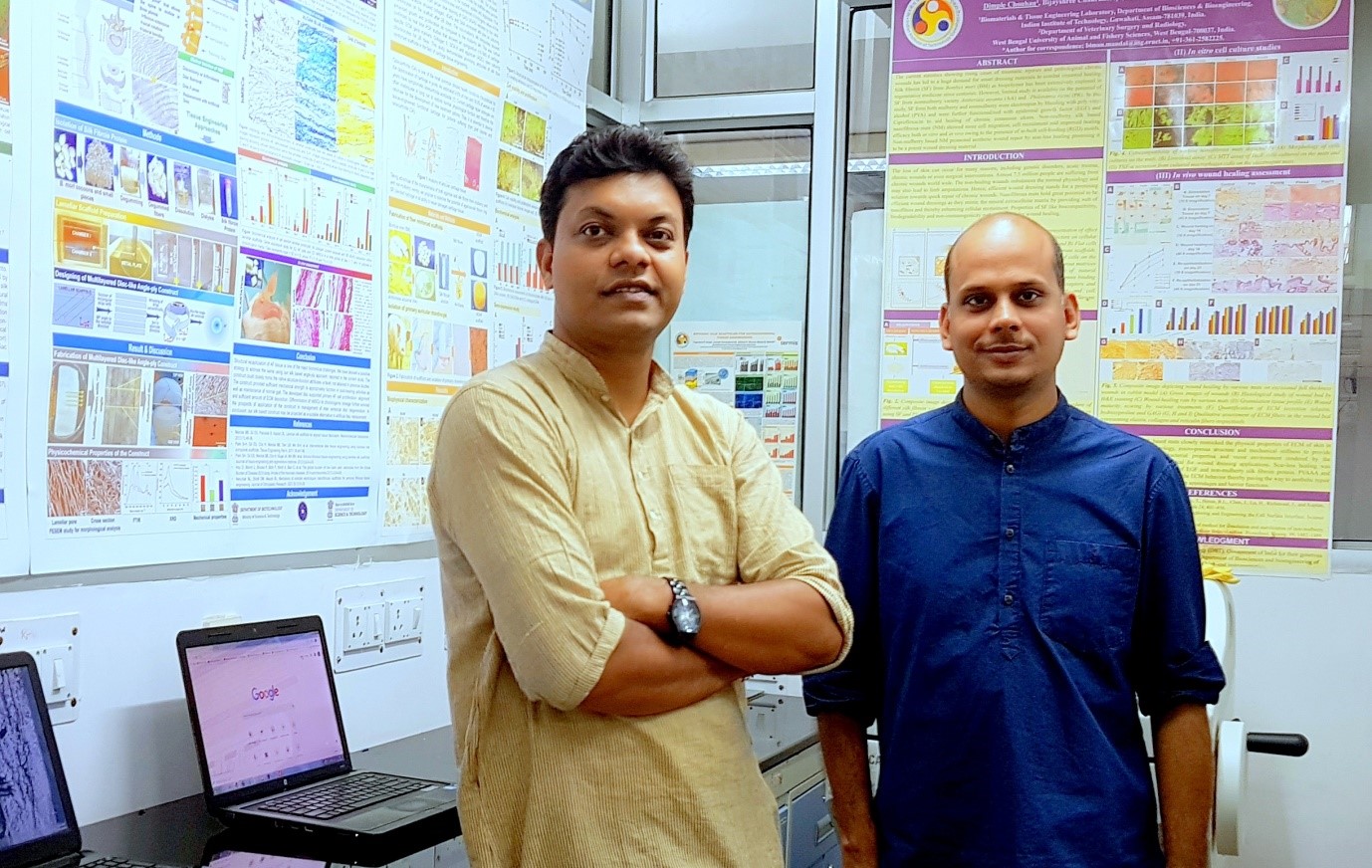The ‘MIT Technology Review’ has recently shared its top 10 breakthrough technologies of 2017.
1. Reversing Paralysis
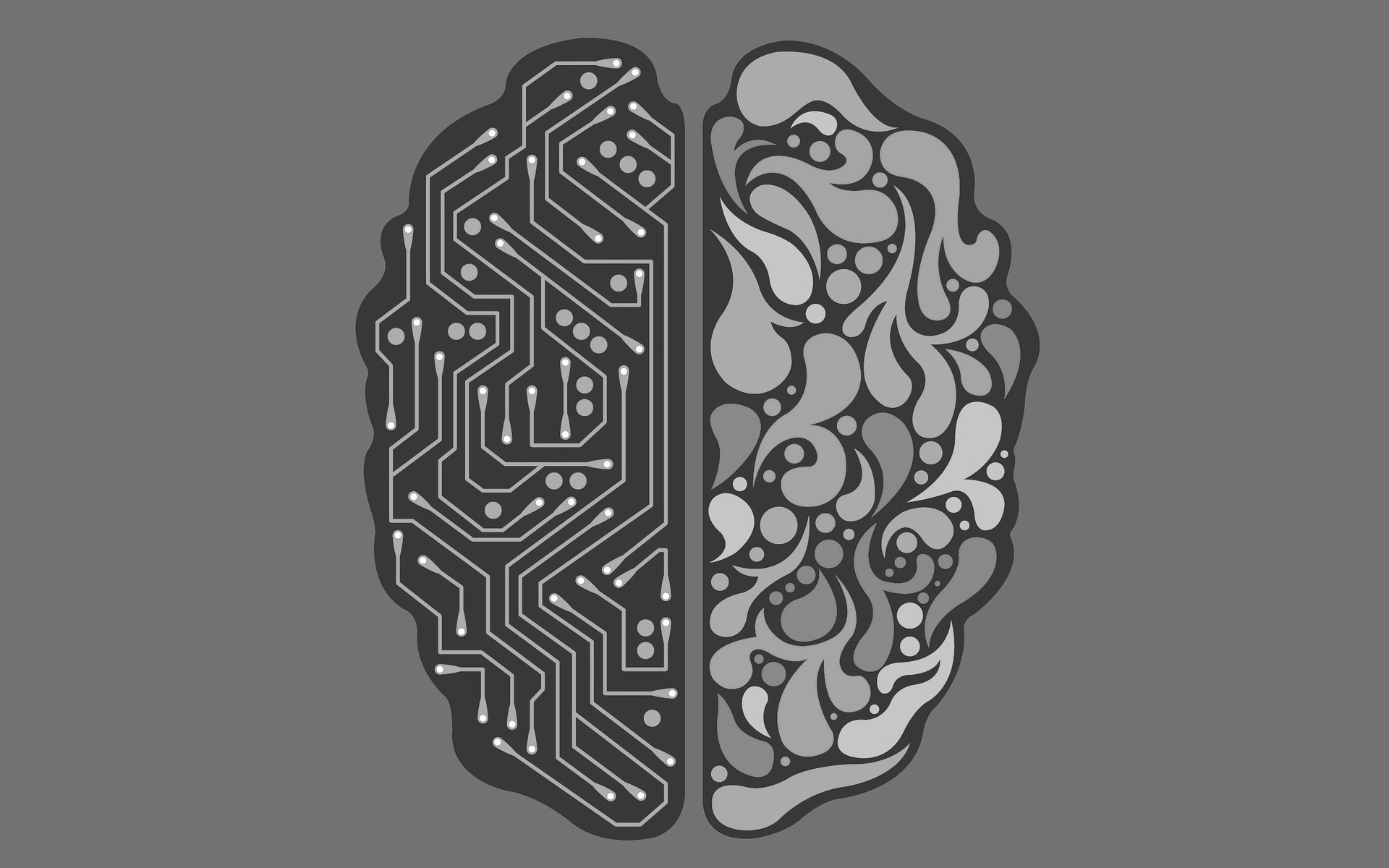
Scientists are making remarkable progress at using brain implants to restore the freedom of movement that spinal cord injuries take away.
Availability: 10 to 15 years
2. Self-Driving Trucks

Tractor-trailers without a human at the wheel will soon barrel onto highways near you. What will this mean for the nation’s 1.7 million truck drivers?
Availability: 5 to 10 years
3. Paying with Your Face

Face-detecting systems in China now authorize payments, provide access to facilities, and track down criminals. Will other countries follow?
Availability: Now
4. Practical Quantum Computers
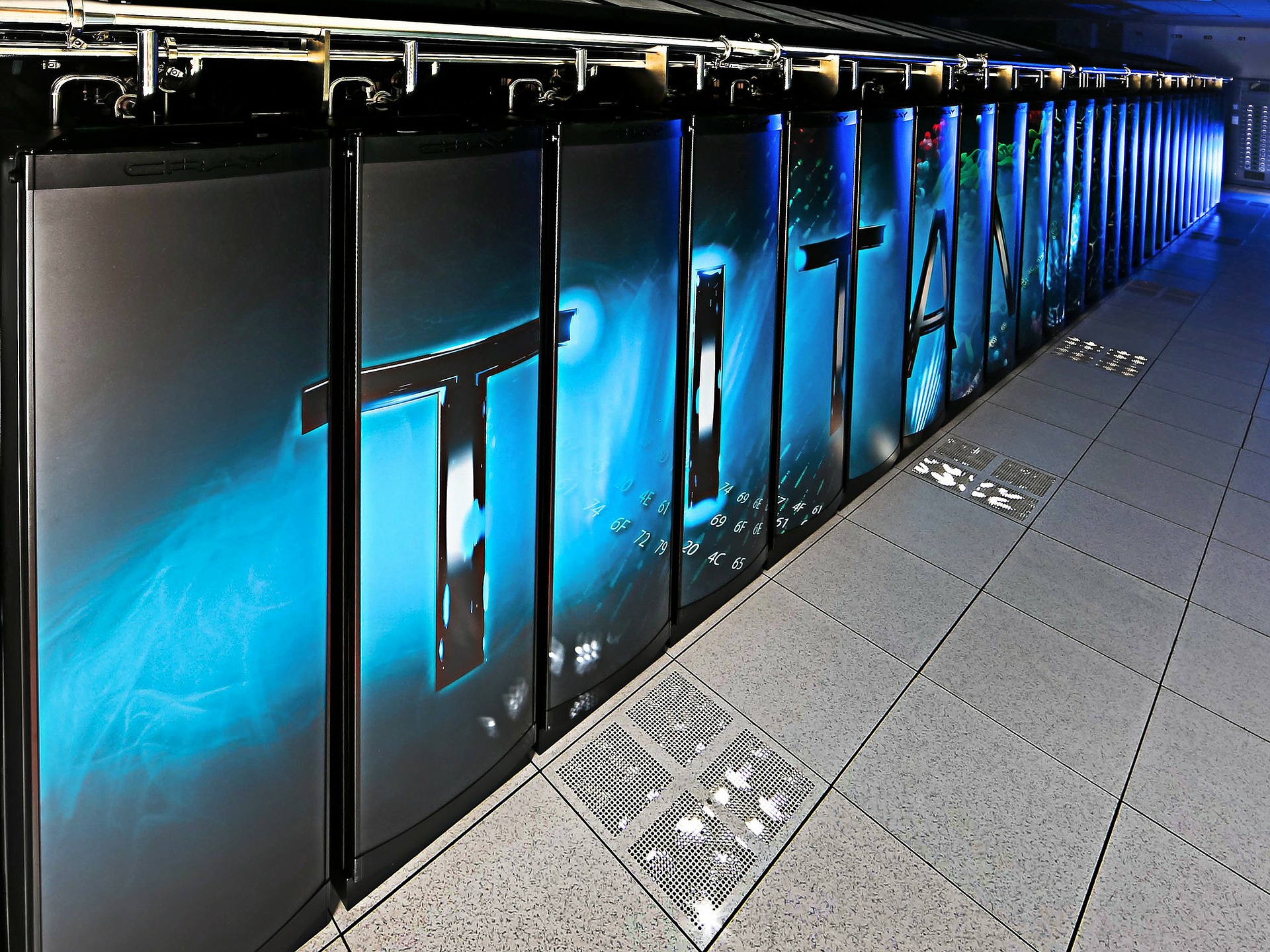
Advances at Google, Intel, and several research groups indicate that computers with previously unimaginable power are finally within reach.
Availability: 4-5 years
5. The 360-Degree Selfie

Inexpensive cameras that make spherical images are opening a new era in photography and changing the way people share stories.
Availability: Now
6. Hot Solar Cells

By converting heat to focused beams of light, a new solar device could create cheap and continuous power.
Availability: 10 to 15 years
7. Gene Therapy 2.0

Scientists have solved fundamental problems that were holding back cures for rare hereditary disorders. Next, we’ll see if the same approach can take on cancer, heart disease, and other common illnesses.
Availability: Now
8. The Cell Atlas
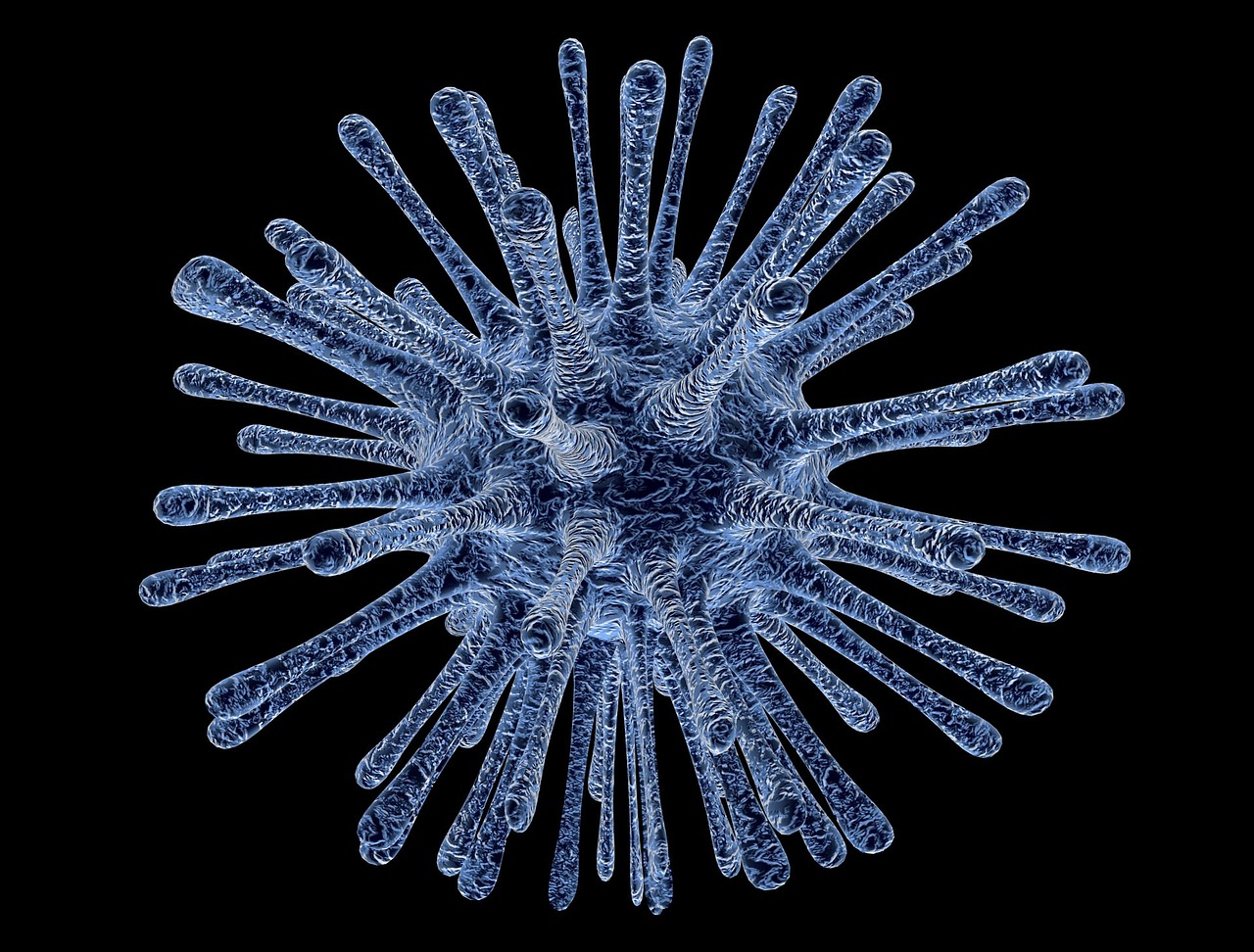
Biology’s next mega-project will find out what we’re really made of.
Availability: 5 years
9. Botnets of Things

The relentless push to add connectivity to home gadgets is creating dangerous side effects that figure to get even worse.
Availability: Now
10. Reinforcement Learning

By experimenting, computers are figuring out how to do things that no programmer could teach them.
Availability: 1 to 2 years

